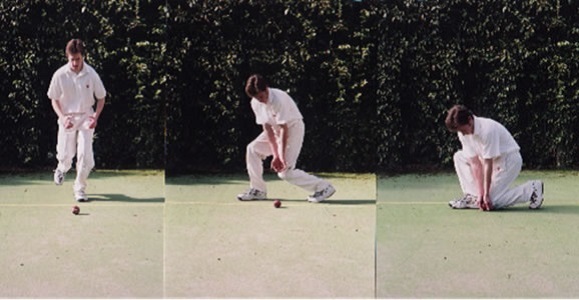Fielding techniques are an important aspect of cricket, as they can greatly impact the outcome of a match. Good fielding can lead to important catches and run outs, while poor fielding can cost a team runs and ultimately the game. Here are some key fielding techniques that every cricket player should know:
- Catching: Catching is an essential fielding skill, as it allows a team to dismiss the opposition’s batsmen. To make a catch, the fielder should position themselves directly under the ball, using their vision to judge the trajectory and speed of the ball. The fielder should then extend their arms and open their hands to create a “cup” shape to catch the ball. It’s important for the fielder to keep their eyes on the ball and not take their eyes off it until it is securely in their grasp.
- Throwing: Accurate throwing is crucial for run outs and other fielding situations where the ball needs to be quickly returned to the wicketkeeper or bowler. To throw the ball accurately, the fielder should position themselves with their non-throwing arm pointing towards the target, and then make a smooth, controlled throw using a full arm action. It’s important for the fielder to follow through with their throwing arm to ensure that the ball has enough momentum to reach the target.
- Fielding positions: Fielding positions are designated areas on the cricket field where fielders are expected to stand. The positioning of fielders is important as it helps to cover the most ground and cut off runs. Some common fielding positions include slips, gully, point, cover, midwicket, and backward point.
- Diving: Diving is a fielding technique used to stop a ball from reaching the boundary or to take a catch. To dive effectively, the fielder should position themselves with their feet shoulder-width apart, and then lower their body weight onto their hands as they push off the ground. The fielder should then extend their arms and try to get their hands under the ball to make the catch. It’s important for the fielder to protect their head and body as they dive to avoid injury.
By mastering these fielding techniques, cricket players can greatly improve their team’s chances of success on the field. Whether you’re a beginner or an experienced player, it’s never too late to work on your fielding skills and become a valuable member of your team.
